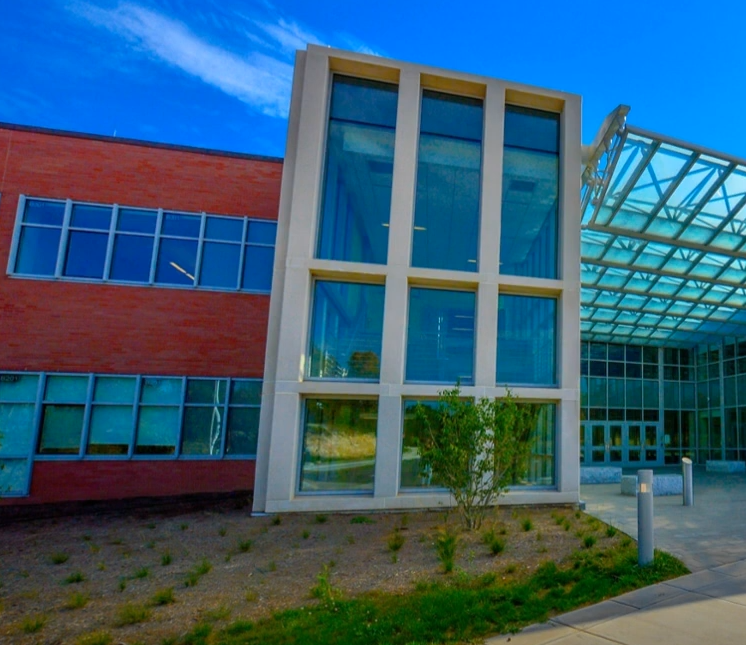Connecticut teachers defend Critical Race Theory

Despite growing evidence of Critical Race Theory’s inherent biases and flawed academic foundations, several Connecticut teachers and a local reporter defended it as a legitimate theoretical framework.
An English department chair at Guilford High School, George Cooksey, blamed political polarization for the controversy. “What we ought to be talking about is what we are actually doing in the classroom and where we stand,” Cooksey said, “It’s become so polarized, and I think that the original sense of [CRT] has been lost, and it’s been used as a weapon against teachers and districts.”
Cooksey failed to mention that Critical Race Theory is factually incorrect and ignored important historical facts, such as the abolitionist movement among white Christians in the pre-Civil War period.
The article claimed that Critical Race Theory is “a framework developed by legal scholars in the 1970s and ’80s to examine and understand race in America. It looks at how racism is embedded in present-day laws and society as a result of structures that were put in place throughout U.S. history, like the enslavement of African-Americans.”
The aforementioned definition ignored the ideological underpinnings of Critical Race Theory, which insinuated that America was founded on racism alone and therefore all institutions have been tainted by it.
Media specialist Kevin Staton, who works in the Fairfield Public Schools district in New Haven, Connecticut, said he never was explicitly told to teach Critical Race Theory. “Twenty-five years and I’ve never had a workshop on Critical Race Theory,” he stated, “Nobody has ever come in and said, ‘Hey, today we’re going to talk about Critical Race Theory,’ because it’s not law school.”
It is another example of Critical Race Theory’s defense, whereby supporters claimed that it is solely limited to law school classes. But supporters do not acknowledge that Critical Race Theory expanded to K-12 education in the form of the 1619 Project. The 1619 Project, which has been riddled with historical errors, is a special project from the liberal newspaper New York Times and is a part of school curriculum throughout the country.
The article described the 1619 Project as “a collection of essays and literary works that are aimed at providing a deeper understanding of the history of American slavery and its long-lasting impacts on African-Americans” and acknowledged that it has been developed “for K-12 educators to use in their classrooms.” It also noted that 114 teachers self-identified in a survey as using the 1619 Project in their classrooms.
In short, the article debunked Critical Race Theory supporters’ claim that the theory was not being taught in K-12 classrooms.
Middle school social studies teacher Katelyn Botsford Tucker said that she did not use the assigned textbook due to an “absurd” cartoon depiction of black abolitionist Frederick Douglass. Instead, she used primary source documents and narratives to start discussions on difficult subjects such as apartheid or Jim Crow laws. She said, “We have to go to the sources, we have to look at the source material in order to understand what was being written, and then we can interpret for ourselves.”
The article pivoted to another Critical Race Theory supporter talking point and characterized Critical Race Theory critics as “predominantly white parents who are uncomfortable having America’s history with racism being taught in the classroom.” It did not address the concerns of conservative black parents, who criticized the theory as inaccurate and trying to split America along racial lines.
Additionally, Connecticut high schools, due to a recently-passed state law, are required to offer black and Puerto Rican studies courses beginning in the fall 2022 semester.
The error-plagued article was written by reporter Adria Watson, who once interned for the left-wing online journalism non-profit organization The Marshall Project. Some of The Marshall Project’s most prominent donors are the John D. and Catherine T. MacArthur Foundation and George Soros’ Open Society Foundation, which are left-wing, pro-open borders, and anti-free market foundations.




